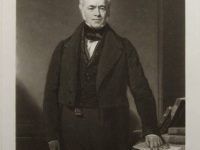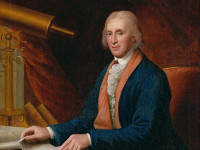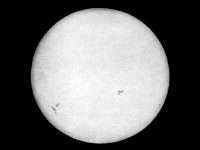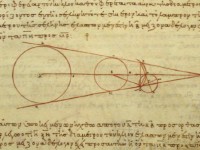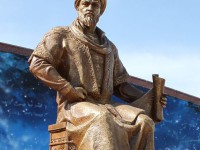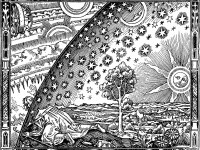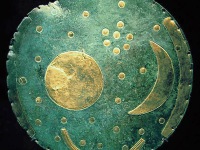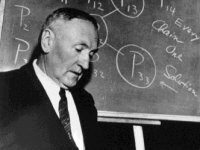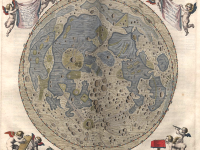Francis Baily and the Baily Beads
On May 15, 1836, English astronomer Francis Baily for the first time observed the so-called ‘Baily’s beads‘ during an eclipse of the Sun. For sure you know the effect, although you might not have seen it with your own eyes in nature. But, numerous photographs, pictures, and videos have been published, where the phenomenon can be watched. So what are Beailey’s beads? Solar Eclipse and Baily Beads The Baily’s beads effect is a feature of…
Read more

